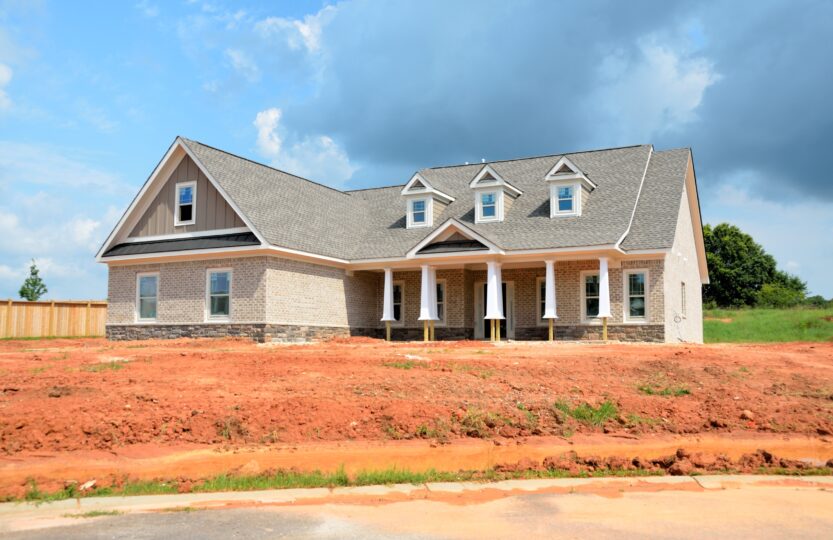The rise in mortgage rates resulting from the Federal Reserve’s effort to slow the economy and inflation by raising interest rates is cooling the housing market, causing the inventory of homes for sale to grow and home prices to drop in many areas. At the same time, however, inventory is still low enough and prices are still high enough that, coupled with rising mortgage rates, housing affordability is at record lows.
Current housing affordability metrics compare to the “historically low affordability readings” in the fourth quarter of 1987, when the Black Monday stock-market crash occurred, and the first quarter of 2005, when the subprime mortgage-fueled housing bubble was about to burst, according to Bank of America Global Research.
The National Association of Realtors, meanwhile, said its Home Affordability Index has fallen 29% in the past year, its largest year-over-year decline ever.
Not surprisingly, the decline in home affordability has caused a substantial drop in mortgage applications. The Mortgage Bankers Association said Wednesday that its Market Composite Index, which tracks mortgage loan application volume, recently hit its lowest measure in 22 years, due to declines in applications to both purchase homes and refinance existing mortgages. The MBA’s composite index was down 6.5% on a seasonally adjusted basis from one week earlier, while its Refinance Index was down 6% and its seasonally adjusted Purchase Index was down 7% percent.
The declines were driven largely by the increase in mortgage rates resulting from the Fed’s rate hikes. The rate for 30-year fixed-rate mortgages with balances of $647,200 or less rose last week to 5.4%, according to the MBA. The average mortgage commitment rate was 2.98% last June, according to Freddie Mac.
The drop in the MBA’s Purchase Index also was due in part to the continued shortage of new and existing homes for sale.
“The purchase market has suffered from persistently low housing inventory and the jump in mortgage rates over the past months,” said Joel Kan, the MBA’s Associate Vice President of Economic and Industry Forecasting. “These worsening affordability challenges have been particularly hard on prospective first-time buyers.”
The good news for those buyers is that economists expect home prices to level off and, in some areas, fall. Moody’s Chief Economist Mark Zandi told Fortune last month that he expected year-over-year price growth in the home market, which was 19.8 percent in mid-May, to slow to zero by the same time next year. He also expected prices in some of the country’s hottest housing markets to fall from 5% to 10% by then.
Fortune has since come up with a name for the housing market cool down: “the Great Deceleration.” One sign the cool down is occurring is the recent growth in housing inventory, which Zillow said rose 10% between March 26 and May 7 after shrinking 64% between March 2019 and March 2022.
Still, even if the Great Deceleration gains momentum, it won’t bring the housing market back to its pre-pandemic state for a while. To return to what would be considered a normal housing market, national inventory would have to rise to 1.52 million to 1.93 million units, according to Logan Mohtashami, HousingWire’s lead analyst. It’s currently at 1.03 million units, according to the National Association of Realtors.
Bank of America Global Research doesn’t see housing inventory rising quickly. Underbuilding since the bursting of the mid-2000s housing bubble has created a situation in which, if the number of existing homes for sale rose 50% and the number of existing homes sold fell 35% by the end of 2023, a metric called the “existing home months supply” would rise from 2.2 months to 5 months. Even though that would be an increase of more than 100%, it would still leave the measure below its more-than-20-year average of 5.4 months.
So, although the light at the end of the housing-affordability tunnel may not be an oncoming train, it’s likely a ways off. That’s not great news; but it’s not bad news either.
Photo credit: Pixabay



2 Comment
Comments are closed.